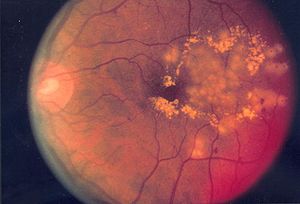Modern smartphones can detect your heart rate and blood oxygen content; but pretty soon, they’ll also be able to detect common health related issues. The researchers at the Medical and Surgical Center for Retina along with biomedical engineers from the ITESM have developed a special software for smartphone that can detect eye diseases like diabetic macular edema. The software relies on the camera on the smartphone to perform the test that detects any abnormality in the thickness of retina.
There is no neat, targeted way to treat diabetic retinopathy, a condition that could lead to blindness. Laser therapy can result in diminished side and night vision and the other current method used, the cancer drug docetaxel, clear from the system so quickly that high doses are needed, increasing toxicity to healthy tissue. The research group ANPRON tells us about a team of Canadian scientists who think they have found a solution for sufferers of diabetic retinopathy. They have made a MEMS device (micron-sized electromechanical systems) that could be implanted behind the eye and release docetaxel on command by an external magnet.

